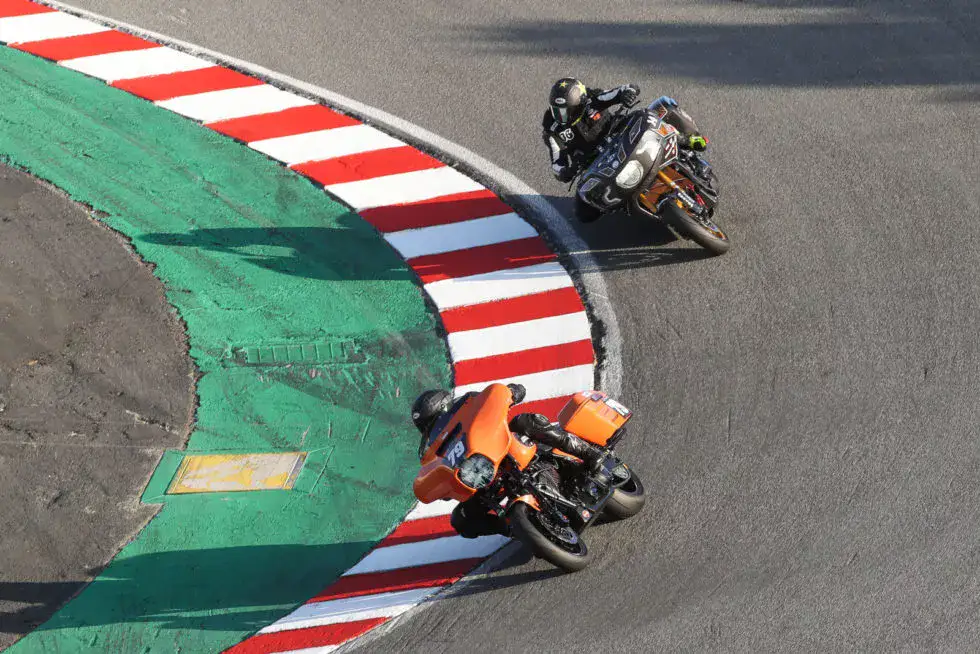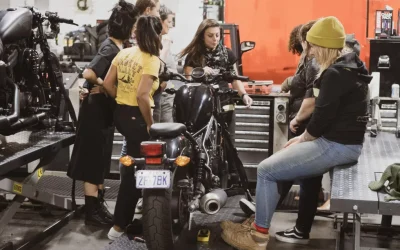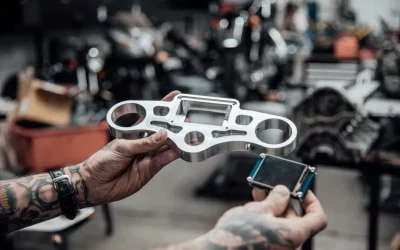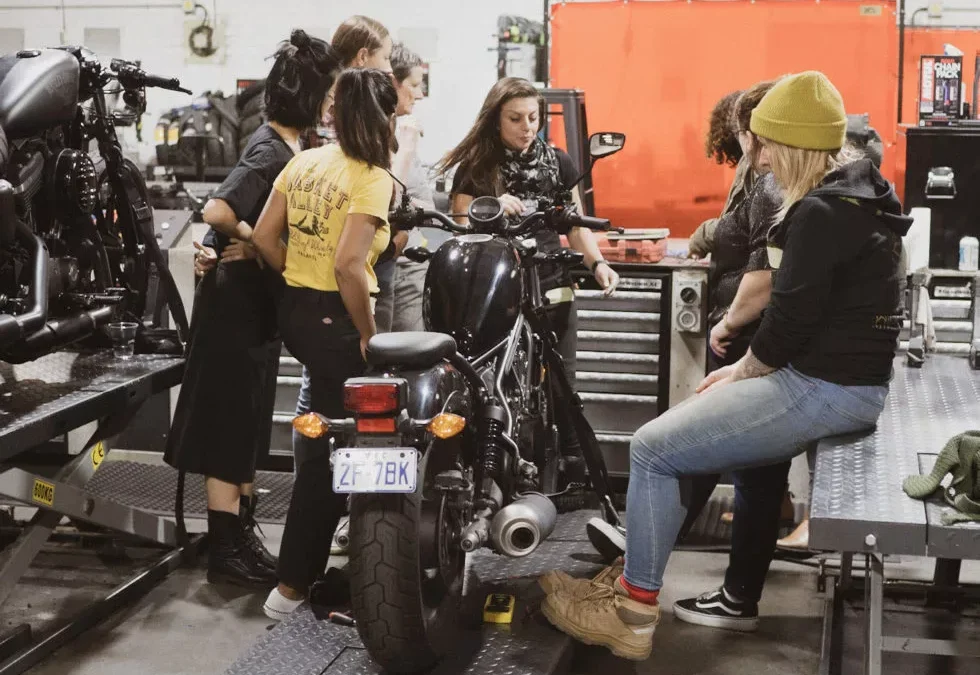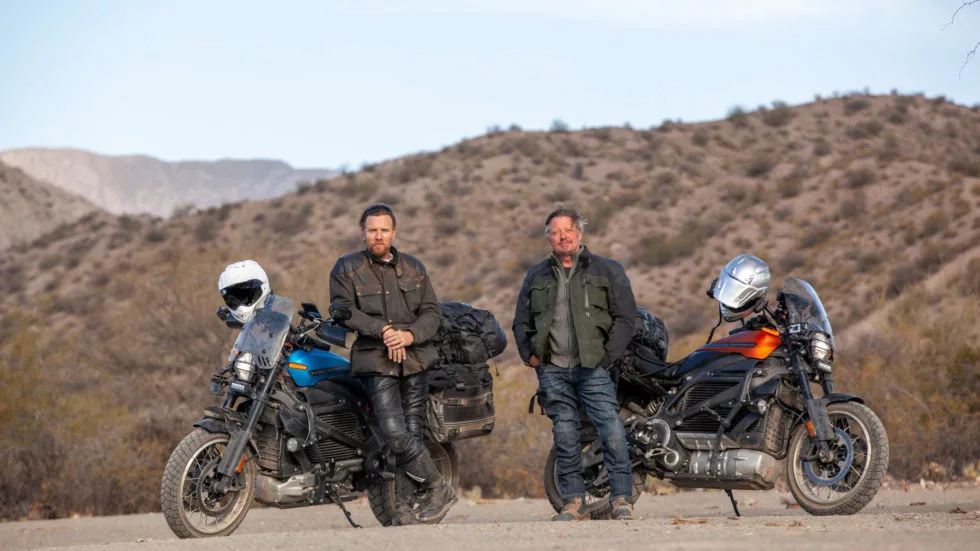As far as bad ideas go, racing a bagger around a racetrack is up there with enjoying a hot lunch from a Wuhan wet market. The thought of lining up on the grid of California’s Laguna Seca raceway with a field of 300kg race bikes would be enough to make most seasoned riders question their sanity. Regardless, MotoAmerica has hosted the inaugural ‘King of Baggers’ race over the weekend, with 14 entrants (or around 4.2 tonnes of race bikes, minus riders) taking part in what has to be the most ‘Merica!’ race series ever thought up.

The 14 strong field consisted almost entirely of modified Harley Davidson FL Touring models, with just two Indian Challengers in the mix. The bikes were, as you can imagine, far from stock, with builders like S&S Performance, Vance & Hines, Trask Performance and Roland Sands Designs fielding bikes.
The rules for the race bikes were pretty ‘lax – they had to use their original engines, mounting points and the frame couldn’t’ be modified. That’s it. The rest was free reign, with race-spec suspension, brakes, carbon-fibre bodywork and even a turbocharger (see below) all making an appearance on the grid.

If you’re keen on watching the race highlights, check out the video below. If you want to see what it takes to build a race bagger, keep reading.
Roland Sands’ Indian Challenger
Roland Sands is no stranger race bikes. While he’s perhaps best known for his line of riding gear, he’s an AMA-winning racer from way back and has a knack for turning the plain, into a something far..racier.
Choosing to base ‘his’ race bike on Indian’s Challenger made life slightly easier – if you can call basing a race bike on a 377kg cruiser easy. The Challenger starts life as a better handling and more modern package than its Harley competitors, with a cast aluminium frame, liquid-cooled V-Twin, inverted forks with Brembo radial calipers and a single, hydraulically adjustable Fox shock.

While the 122 horsepower, 178 Nm V-Twin has been treated to an S&S exhaust and not much else, performance improvements have come from shedding weight and improving ground clearance. In short, this meant the Challenger can corner without leaving its bodywork, footboards and engine parts smeared along the tarmac and also stop from well over 200km/h coming into Laguna Seca’s tight, turn two.
The bike’s standard 19inch front wheel has been replaced by a 17inch job to improve turn-in and give a better choice of sticky rubber (Dunlop GP4s if you’re interested), while custom triple clamps allowed the team to use the forks and brakes from Indian’s FTR1200. The longer forks also increased ground clearance and when teamed up with a new rear-shock and custom, beveled clutch cover had Frankie Garcia dragging knees…on a bagger.
While it’s not traditional, Roland Sands’ race bagger is at least effective, with Garcia finishing the race third, behind another Indian and obviously, a Harley.


